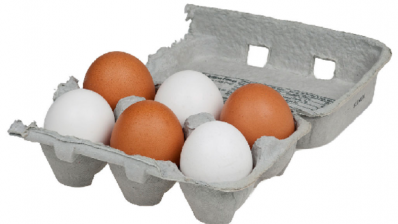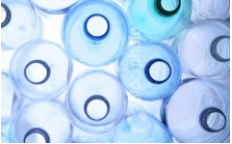Biodegradable and compostable food packaging overview
The review by Campden BRI said the sustainability rethink among sector players meant the materials were currently seen as one eco-alternative among many rather than an all encompassing solution to cutting packaging’s carbon footprint.
“There is little doubt that biodegradable and compostable plastics have become a reality, and their use seriously considered when selecting and designing packaging,” said the report. “However the way they are perceived has changed. A few years ago, it was perceived that biodegradable plastics were the only sustainable option and they would replace all conventional packaging.”
Sustainability is currently perceived in a different way, with biodegradable plastics viewed as one of many alternatives to achieve green goals, added authors D Cava and A Campbell in their study Biodegradable and compostable packaging material for foodstuffs.
Performance
The report said that concerns over the “sustainability, performance and viability of commercial biodegradable grades of polymer are disappearing”.
For some types of packaging they are used because of their degradability, when recycling is not feasible. They are also employed for their breathable characteristics for such products fruit and bakery products. The report added that most materials currently on the market are used in niche applications – such as in ranges of organic fruit and vegetables.
Material types
The study provides a detailed overview and analysis of the current biodegradable material types on offer. Biobased polymers are spearheaded by starch-based materials, with proteins, such as whey, collagen, gluten and zein also highlighted. A second type of materials is polyesters produced by natural or genetically modified organisms – such as polyhydroxyalkanoates (PHA). Biodegradable polymers obtained by synthesis – such as polylactic acid (PLA) – are also significant in the sector.
The report also outlines synthetic bio-options not obtained from renewable sources – such as polyvinyl alcohol (PVOH). Such polymers are produced from petrochemical feedstock and have been used in the medical sector for sometime. Recent demand for sustainable packaging has highlighted their potential for the food industry. While the report views these as a “not wholly sustainable alternative in the long term” they could be seen as a “compromise solution” while dependence on oil-based plastics remains.
Cost
The study noted that bioplastics were currently more expensive than petroleum-based counterparts and that substitution would lead to a rise in the cost of packaging. It added, however, many materials were at early-stage development and prices would likely fall as the technology was developed, making them more competitive.
Quoting figures from the European Bioplastics Association showing that production had leapt from 20,00 tons per annum (t/a) in 1995 to a predicted 1.5m t/a by the end of next year, the report said it could be concluded that “a momentum has been generated and that biodegradable and compostable materials are becoming more competitive”.
“It is now possible to source carbon neutral, biodegradable materials that are suitable for a wide range of applications at a competitive price,” said the report. It cited “several small businesses” that that are developing new materials. Should these be successfully scaled up, the availability of biodegradable materials and the range of applications they could be used for would both be increased.
Suppliers
In 2008, global output of biodegradable plastics reached around 300,000 tons. The report added that most of the industrial production of biodegradable packaging material is currently carried out by agriculture or biotechnology companies rather than those firms traditionally involved in the sector. This is because of the production processes applied, raw material used and final applications.
Development of new materials is generally a collaborative process between these companies and chemical of food packing firms – with the creation of a joint venture a “common feature”. The signing of distribution agreements between smaller outfits and larger companies is a further market characteristic.
Leading players include Natureworks - with a potential PLA capacity of 140,000 t/a - cited as the world’s largest biodegradable plastics producer. BASF – with its Ecoflex resin output targeted at 46,000 t/a by the end of this year, along with Cereplast, Novamont and Metabolix are also highlighted.











